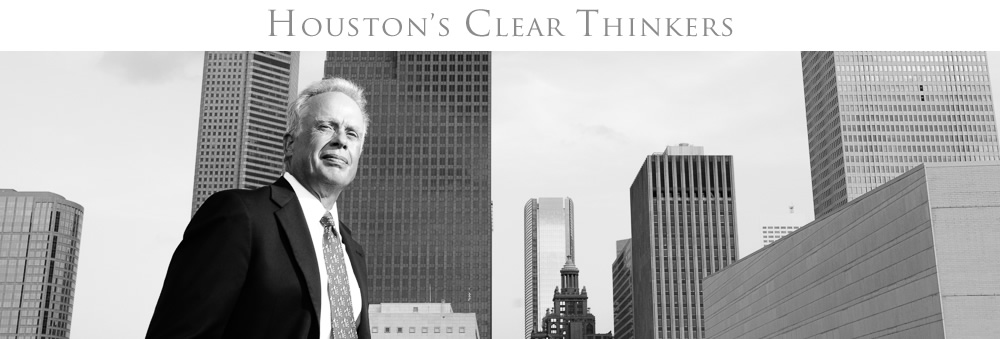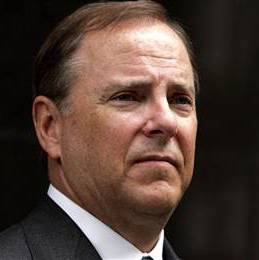 Inasmuch as Americaís fractured health care finance system has been a common topic on this blog since early 2004, many friends and readers have asked my thoughts about the health care reform legislation that was passed yesterday. So here goes.
Inasmuch as Americaís fractured health care finance system has been a common topic on this blog since early 2004, many friends and readers have asked my thoughts about the health care reform legislation that was passed yesterday. So here goes.
The legislation is fundamentally flawed because it imprudently foists a top-down reorganization plan on something as complex and disparate as financing health care. But frankly, I have no idea whether it will result in a worse finance system than the current one, which is pretty bad.
My biggest criticism with both the current system and the one contemplated by Obamacare is that the patient is not the customer, at least as it relates to non-catastrophic illness and injury. Without cost control ñ and customer decision-making is the most efficient one available – neither the current system nor Obamacare will be able to maintain delivery of high-quality care to an increasingly aging population.
However, the reality is that we now have two solid generations of Americans now who enjoy having someone else pay for their health care. So, itís unrealistic to think that such a societal shift is going to change anytime soon. But itís still important to understand how we got to this point.
Employer-based health insurance became popular during World War II because it was initially exempted from gross income as a way to circumvent wartime wage and price controls. After the war, marginal income tax rates were high and individual medical expenses were tax deductible, so at least some rational incentives were returned to the medical marketplace.
But all this changed in 1986 when the Reagan Administration made concessions to achieve bipartisan tax reform. Individual medical expenses were no longer deductible until they reached 7.5% of gross income, which virtually eliminated individual incentives in the medical marketplace. Not surprisingly, everyone was incentivized after tax reform to move all medical expenses to third-party-payor health insurance. As a result, individual out-of-pocket expenses in the health care market dropped from 22% in 1985 to less than than 10% of the market now.
So, in essence, the Reagan Administration horse-traded personal tax deductibility of medical expenses away, but figured that was acceptable because at least employer health insurance remained tax-free benefit. Iím sure if we could ask him now, President Reagan would tell you that he expected a future Congress would fix such perverse incentives after the dust settled on the benefits of tax reform. But alas, that never happened.
What happens now? The only certainly is that special interests will be descending upon Washington in droves to do their bidding over the transfers of wealth that will occur under the new legislation. At least it will be entertaining to watch who wins and loses.
But there are two big points that everyone should remember as we embark on this new world of health care finance.
First, the Obama Administrationís rationalization of future cuts in Medicare spending as a funding source for the health care legislation is utterly disingenuous, as Arnold Kling artfully explains:
Imagine that your crazy uncle Fred had bought a dozen cars on credit. As a result, he faces car payments far in excess of what he can afford. He comes to you and says he has a plan that in a couple of years will reduce his car payments by a few thousand dollars. "Now I have the money for a down payment on a boat!" he exclaims, as he runs off to the boat dealer.
The equivalent is for Congress to treat future cuts in Medicare as if they were a newfound source of wealth to be tapped. Once they adopt this precedent, they can increase spending on whatever they want, in unlimited amounts, while claiming deficit neutrality. Future Medicare spending is so high that you can always come up with cuts, as long as they deferred.
Second, as Greg Mankiw notes, projected Medicare cuts in payment rates for physician services portend the rationing of medical services that the promoters of the current legislation contend wonít occur. Because few consumers actually pay for their health care, most folks donít realize that Medicare and Medicaid payment rates for physician services have already been cut by around 30% since the late 1990ís. That has led many doctors to limit substantially the number of Medicare and Medicaid patients who they are willing to treat in their practices. In my view, that trend is likely to continue under the new legislation. Who will tend to the medical needs of consumers who elect to rely on such insurance in the future?
Supporters of Obamacare generally argue that the legislation offers more equality through expanded insurance and redistribution of benefits. But the wealthy will always find ways to get around the rationing and other restrictions of a government-run health care system. On the other hand, the poor will have no choice but to accept the government health care, which is unlikely to be as high a quality as what the rich folks obtain from their private doctors. Accordingly, although the distribution of health care may be a bit more equal in the short term, I’m not sure that means more equality in health care in the long run.
Which leads me to this question: How long will it be before the federal government requires physicians, as a condition to being allowed to engage in private practice, to accept a certain number of patients under government-sponsored insurance plans that limit payments to the physicians far below what the physicians would otherwise accept?



 Mike over at
Mike over at 


